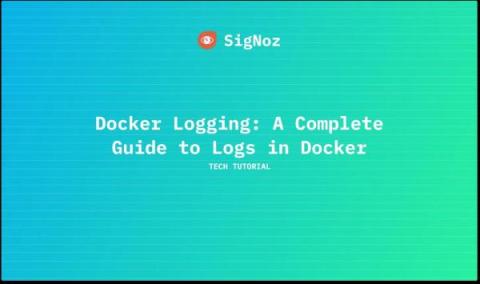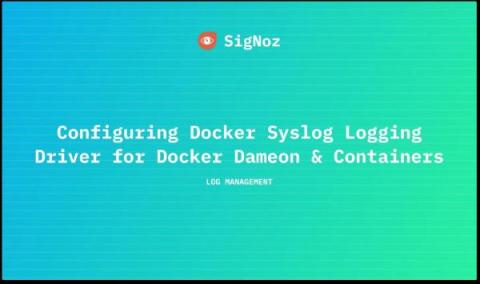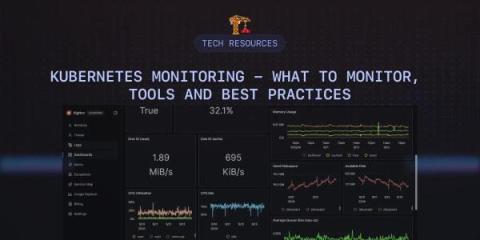Choosing an OpenTelemetry backend - Things To Keep In Mind
OpenTelemetry is a Cloud Native Computing Foundation(CNCF) incubating project aimed at standardizing the way we instrument applications for generating telemetry data(logs, metrics, and traces). However, OpenTelemetry does not provide storage and visualization for the collected telemetry data. And that’s where an OpenTelemetry backend is needed. Cloud computing and containerization made deploying and scaling applications easier.











